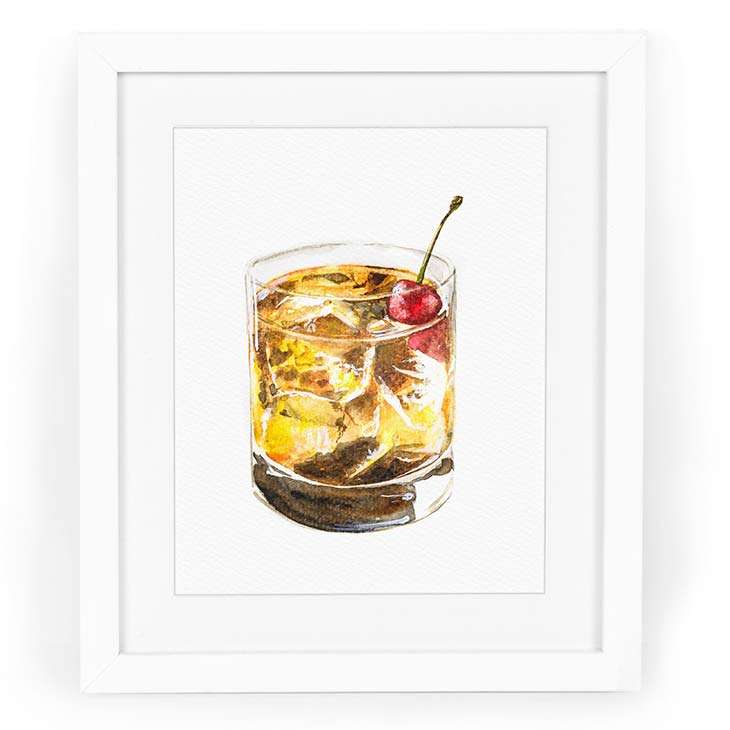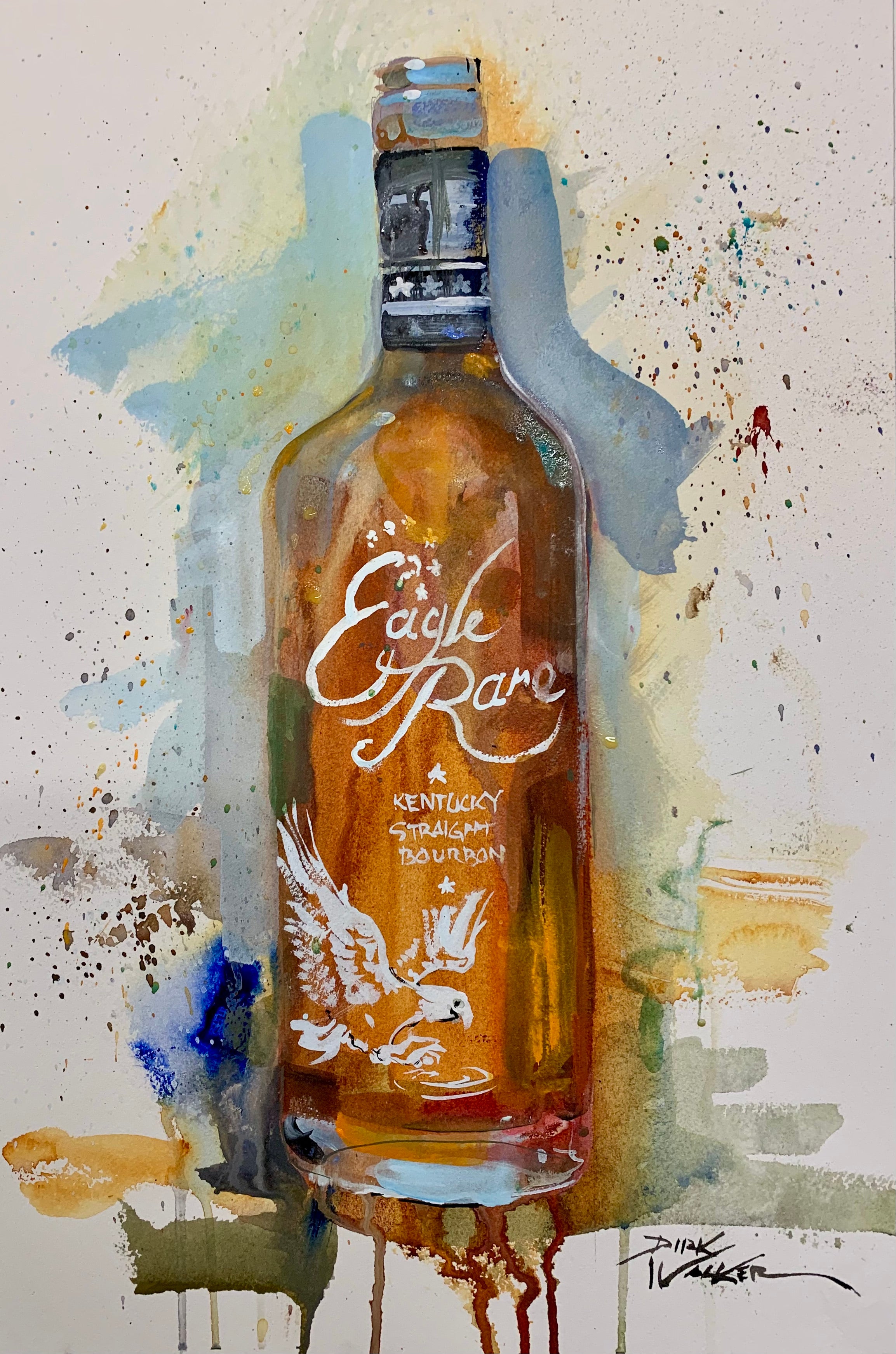Check out the World of Bourbon Art: A Trip With Society and Workmanship
Check out the World of Bourbon Art: A Trip With Society and Workmanship
Blog Article
The Relevance of Whiskey Art in Celebrating Heritage and Workmanship in the Beverage Industry
The intricate connection between scotch art and the party of heritage and craftsmanship within the beverage market can not be overstated. With thoughtfully made bottles and labels, bourbon brand names encapsulate their historical origins and the artisanal skills that specify their manufacturing methods. This creative dimension not just enhances market charm but likewise acts as a channel for social narration, cultivating a deeper link in between the craft and the consumer. As we check out the numerous elements of this subject, interesting questions concerning the influence of modern fads on typical methods emerge, prompting further evaluation.
The Historical Origins of Whiskey
At the heart of scotch's attraction exists a rich tapestry of historical roots that trace back to ancient human beings. The origins of bourbon can be linked to the purification methods of the Sumerians and Babylonians around 2000 BCE, where very early forms of fermented grain drinks started to arise. It was in the Middle Ages that the art of distillation progressed dramatically, specifically in Ireland and Scotland, leading to the production of scotch as we know it today.
The term "bourbon" itself stems from the Gaelic word "uisce beatha," suggesting "water of life." This expression emphasizes the cultural importance of bourbon in Celtic societies, where it was commonly related to rituals, events, and common bonding. By the 15th century, purification became an identified craft within monastic communities, leading the way for the establishment of legal distilleries.
As trade paths expanded, whiskey's appeal grew, going beyond local limits and capturing the passion of connoisseurs worldwide. Limited Edition. This historic trip shows not only the craftsmanship behind scotch production however likewise its important function in social and social contexts, marking it as a significant beverage throughout history
Artistic Expression in Branding
Scotch branding stands as a compelling intersection of artistry and commerce, where aesthetic identification plays a critical duty fit customer understanding. The appearances of bourbon tags, packaging, and marketing materials mirror not just the brand's story yet additionally its core worths and heritage. Through artistic expression, distilleries share a story that reverberates with consumers, stimulating feelings and stimulating connections.
Using shade, typography, and imagery in branding offers to separate products in a saturated market. For instance, conventional motifs might evoke a feeling of authenticity and workmanship, while contemporary designs can indicate advancement and forward-thinking. This calculated creative instructions enhances brand name recognition and commitment, allowing customers to create an individual relationship with the bourbon they select.
Moreover, creative expression in branding often works as a celebration of regional heritage. Distilleries often include regional icons or historical recommendations right into their designs, producing a feeling of location that welcomes consumers to engage in a broader cultural experience. Inevitably, the creativity behind bourbon branding not just enhances aesthetic allure yet also enriches the overall story of the brand, promoting a deeper appreciation for the workmanship and heritage ingrained in each container.
Craftsmanship in Container Design
The virtuosity noticeable in bourbon branding prolongs past visual identification to encompass the workmanship associated with container style. Each bottle functions as a vessel not simply for the spirit within, however also for the tale it outlines its custom, beginning, and top quality. The style procedure needs thorough focus to information, as aspects such as product, closure, and form add dramatically to the general assumption of the whiskey.
Workmanship in bottle style includes picking high-quality glass that can enhance the scotch's shade and clarity, while likewise providing a tactile experience for the customer. The silhouette of click resources the container should be both visually appealing and useful, usually mirroring the heritage of the brand. Numerous distilleries choose one-of-a-kind shapes or printed logo designs that evoke a sense of authenticity and history.
Furthermore, the tag style and typography play a crucial duty in communicating the brand name's narrative. Realism Art. A well-crafted container not only mesmerizes the consumer's eye but also enhances the brand's commitment to top quality and tradition. This way, the workmanship of container style ends up being an important facet of the scotch experience, merging virtuosity with a profound regard for heritage
Cultural Importance of Whiskey Art
Commemorating custom and craftsmanship, the social significance of whiskey art transcends simple aesthetics, linking with the social and historical narratives of the areas where it comes from. Each container works as a canvas, portraying the special tales, mythology, and practices that have actually shaped regional whiskey-making techniques. The complex layouts typically show the heritage of the distillers, integrating signs and motifs that resonate with the society and values of their areas.

On top of that, whiskey art plays an essential role in common gatherings and events, offering as a tangible web link in between people and their shared experiences. By appreciating the virtuosity in whiskey packaging, customers cultivate a deeper understanding and regard for the craft, inevitably enriching their pleasure of the drink itself.
Modern Trends in Whiskey Presentation
In recent times, the discussion of whiskey has progressed to mirror contemporary tastes and patterns while still recognizing traditional craftsmanship - Realism Art. Distilleries are increasingly concentrating on aesthetic aspects that boost the overall drinking experience, connecting the space in between heritage and modernity
Innovative bottle designs have emerged, commonly including lasting materials and artistic labels that tell compelling stories. Lots of brand names currently team up with neighborhood musicians, instilling their items with one-of-a-kind visual expressions that resonate with consumers. Additionally, limited-edition releases are frequently packaged in collectible containers, adding value and appeal for connoisseurs.

Conclusion
In verdict, bourbon art serves as visit the website a crucial avenue for revealing the heritage and workmanship inherent in the drink industry. Through elaborate branding, innovative container styles, and culturally significant imaginative elements, scotch brands properly recognize their practices and connect with customers.


Craftsmanship in container style involves choosing high-quality glass that can enhance the scotch's color and quality, while additionally providing a responsive experience for the customer. In this method, the workmanship of bottle design becomes a crucial facet of the bourbon experience, combining virtuosity with an extensive respect for heritage.
In final thought, scotch art offers as a crucial conduit for sharing the heritage and craftsmanship inherent in the drink industry.
Report this page